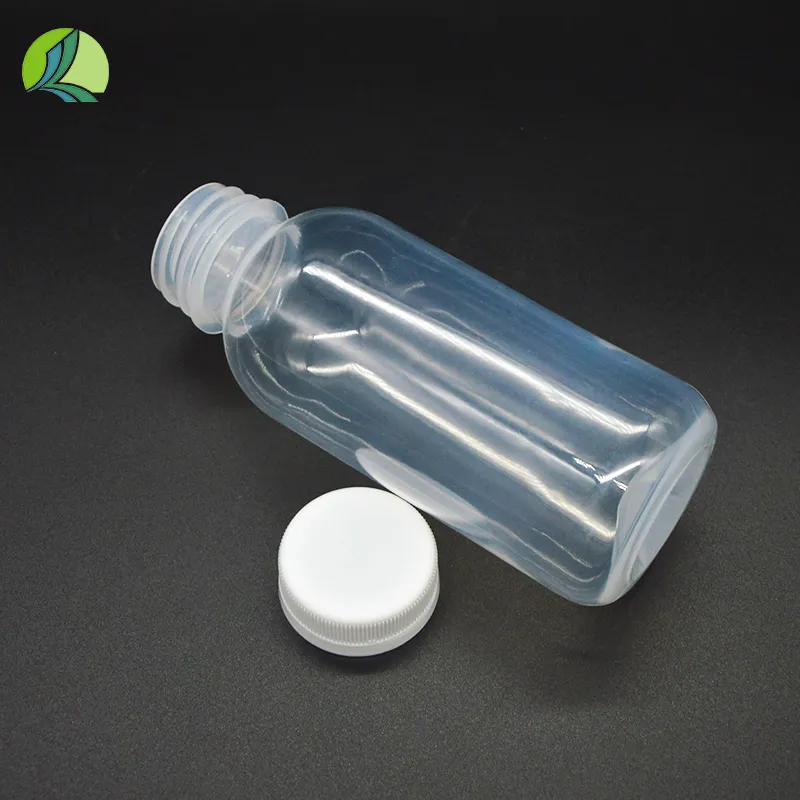Red Top Serum Clot Activator Tube - Optimal Serum Collection Solutions
Understanding the Red Top Serum Clot Activator Tube
In the field of clinical laboratory diagnostics, the choice of collection tubes is critical for ensuring the integrity of the blood sample and the accuracy of test results. One such tube is the red top serum clot activator tube. This article delves into its features, uses, and significant role in the laboratory setting.
The red top serum clot activator tube is designed to facilitate the collection of serum, which is the component of the blood that remains after the coagulation process. The interior of this tube is usually coated with a gel or a silica substance that serves as a clotting agent. Upon blood collection, the silica particles initiate the clotting cascade, leading to the formation of a clot within a few minutes. This property allows for the separation of serum from cellular components effectively.
One of the primary functions of the red top tube is its use in various biochemical assays. Laboratories rely on serum samples for a multitude of tests, including hormone levels, electrolytes, and enzyme activity, among others. When blood is drawn into a red top tube and allowed to clot, the serum can be easily separated by centrifugation, making it ready for analysis. This ease of use contributes to its widespread adoption in both clinical and research laboratories.
red top serum clot activator tube

The collection process is straightforward. When healthcare professionals draw blood, they typically insert a needle into a vein and attach the red top tube to collect the blood. It's crucial to fill the tube adequately to ensure a proper clotting process. Once filled, the tube is gently inverted to mix the blood with the clot activator, and then left standing for around 30 minutes to allow the clot to form completely. After this, the tube is centrifuged, causing the clot to migrate to the bottom of the tube, leaving the serum supernatant above.
This serum can then be utilized for numerous tests, providing valuable information about a patient's health. Notably, the accuracy of these tests heavily relies on the proper handling of the red top tube. Factors such as the timing of centrifugation, the temperature at which the serum is stored, and the duration before testing can impact the test results significantly.
It is worth mentioning that while the red top serum clot activator tube is a staple in many laboratories, it is essential to choose the right tube based on the test requirements. For instance, some tests require the use of specific additive tubes, such as those containing anticoagulants or preservatives. Therefore, laboratory staff must remain vigilant in understanding the specifications of each test and the corresponding collection tubes.
In conclusion, the red top serum clot activator tube plays a vital role in the clinical laboratory landscape. Its ability to facilitate the prompt clotting of blood samples and enable the separation of serum has made it indispensable in routine medical testing. As laboratories evolve and adapt to new technologies, the red top tube will likely continue to be a foundational component in effective blood sample collection and analysis, ensuring that patients receive accurate diagnoses and appropriate treatments.
-
Aesthetic Makeup Spray Bottles | Fine Mist Empty RefillableNewsAug.19,2025
-
White Plastic Veterinary Vaccine Vials | Lab Liquid BottlesNewsAug.18,2025
-
Plastic Medicine Liquid Bottle: Secure Flip Top Drug VialsNewsAug.17,2025
-
Durable 250ml Blue Plastic Vaccine Vial for Lab & Vet UseNewsAug.16,2025
-
Sterile Virus Sample Tubes: Secure & Reliable Specimen CollectionNewsAug.15,2025
-
White 250ml Plastic Vaccine Vial for Lab & Vet MedicineNewsAug.14,2025
























